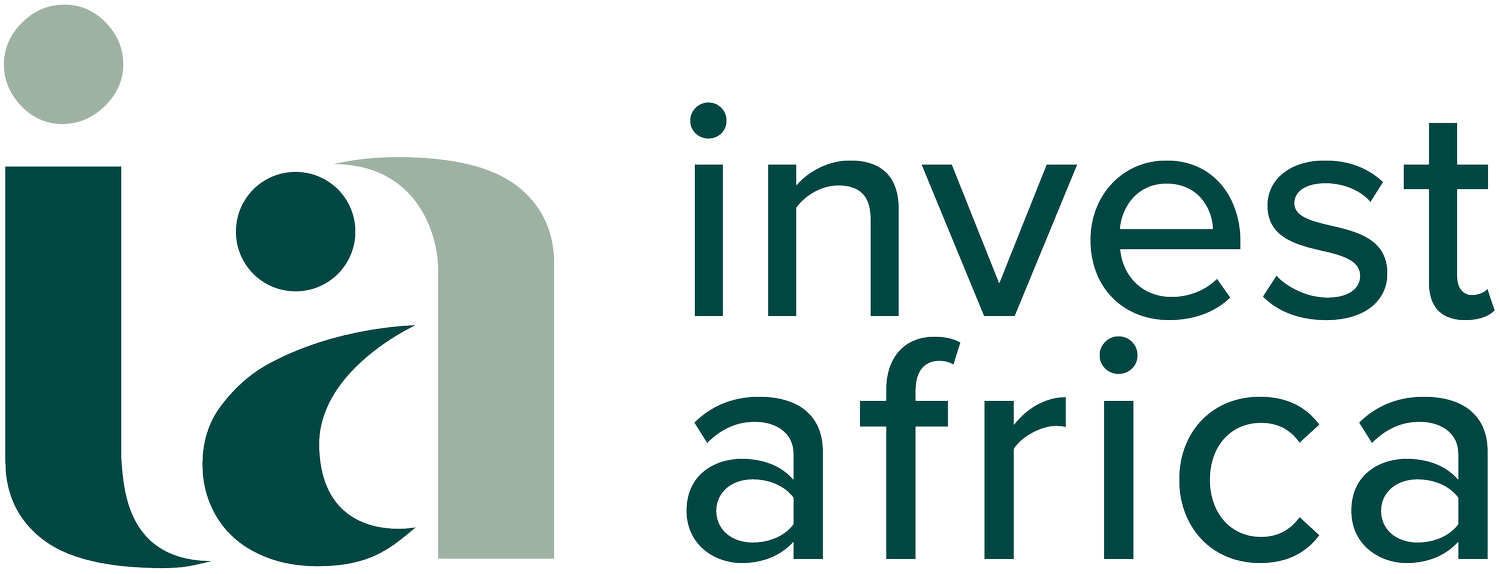Rethinking Development Finance: Maximising Capital Strategies to Drive Development
The United Nations asserts that Africa requires an additional USD194 billion in annual investment to attain the Sustainable Development Goals (SDGs) by 2030, representing approximately 7% of its GDP and 34% of its 2021 investments. Development Finance Institutions (DFIs) have an important role to play in closing this gap – both directly and by mobilising private sector investment. DFIs have of course long played a critical role in Africa’s growth and development, injecting trillions across diverse sectors. Given their unique mandates, they operate in territories where private capital hesitates to venture, often serving as indispensable bridges in jurisdictions where high‑risk perception curtails private investment. Moreover, DFIs have also evolved into agents of change, driving policy reform via numerous tools – from deploying early‑stage development capital to capacity building and more traditional development financing. And yet, the question remains: Can DFIs make better use of their capital? Earlier this year, DLA Piper partnered with Invest Africa to convene DFIs and other investors, corporates, and policy makers to explore how DFIs should refine their approaches to invest and mobilise more capital to the continent, maximise impact, and better serve as a catalyst for growth and development in Africa.

